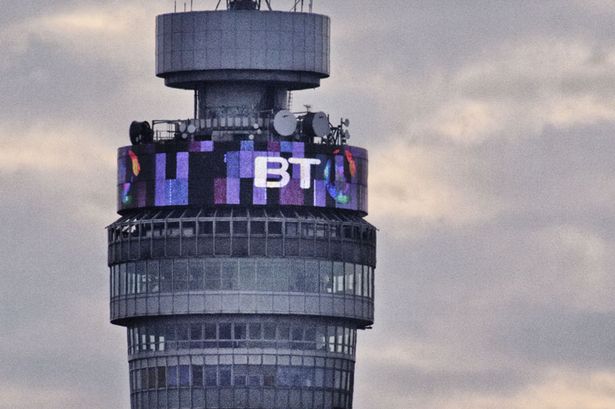BT has signalled its intention for a major mobile push with the launch of BT One Phone, a new unified communications offering that combines mobile and fixed line phone communications in the cloud, pushing them to a single mobile device.
Two varieties of the product will be offered, One Phone Office and One Phone Professional, the key difference between the two being that with the former, BT installs a private mobile network at the customer’s premises, using 1800MHz spectrum and pico-cells – a technology which allows phones to roam onto small indoor 3G cells.
BT OnePhone
 This has the added benefit of improving indoor mobile coverage and should address a number of SMB’s concerns about abandoning fixed line connections, by offering superior call quality and capacity.
This has the added benefit of improving indoor mobile coverage and should address a number of SMB’s concerns about abandoning fixed line connections, by offering superior call quality and capacity.
BT claims that 40 percent of its customers have employees who work outside the office, but 70 percent retain use a landline because they’re afraid calls will drop out. One Phone redirects calls, so mobile, landline and extension numbers route to one smartphone, allowing businesses to become more flexible and productive, safe in the knowledge they will never miss another call.
When an employee leaves the office, their device is handed off to the BT national network, a Mobile Virtual Network Operator (MVNO), which uses EE’s 2G, 3G and 4G infrastructure. In the event that the private network should fail, all traffic is redirected to BT’s MVNO.
“Businesses cannot afford not to be connected,” said Graham Sutherland, BT Business CEO. “A lost call can mean lost business.”
Additional information
One Phone has built in presence, allowing receptionists to see who is online and offline and direct the call accordingly, while users themselves can redirect calls or set up a phone conference using tools on their PC.
Although all of this happens in the cloud, meaning employees can use their phone as normal, BT will also supply a One Phone smartphone application that can be downloaded to a personal handset, allowing users to set their status if they are away on holiday, or check up on messages they may have missed.
BT promises that One Phone can save businesses money on their phone bills as they will be dealing with one supplier and don’t have to pay for additional extras like call divert. The service is aimed at SMBs with more than 20 employees but less than 250 and because the system is cloud-based, the need to upgrade and maintain systems is removed. No price details were revealed, but BT said it would be “competitive”.
One Phone Office takes around 12 weeks to install, while One Office Professional takes eight weeks. The former is the flagship product, but the latter, which does not involve the installation of a private network, is aimed at businesses who don’t want to abandon investments made in existing phone systems.
BT says it hopes One Phone Professional will act as a “stepping stone” to the full product in the future.
BT mobility push
 Sutherland promised that more details about BT’s MVNO would be made available in the coming weeks, but emphasised that the launch of One Phone would be the start of a number of innovations that would mark BT’s return to mobility.
Sutherland promised that more details about BT’s MVNO would be made available in the coming weeks, but emphasised that the launch of One Phone would be the start of a number of innovations that would mark BT’s return to mobility.
“BT Business have not really launched something fresh and new in the market for a number of years,” he said. “Businesses want something that’s simple and easy. Mobility is incredibly important to BT Business.
“It’s not just about bundling, it’s about solutions for our customers”
BT spun off its mobile arm in 2002, becoming O2 and eventually being sold to Telefonica in 2005. Since then, BT has offered mobile services to employees and businesses through Vodafone’s network, but is hoping to make a bigger splash in the near future having finalised a new MVNO agreement with EE earlier this year.
BT was a surprise bidder in the Ofcom 4G auction of spectrum last year and it won 2.6GHz bandwidth at a cost of £186.5 million, but its plans for this bandwidth are not fully known. The 2.6GHz band has limited range, but high capacity, making it ideal for densely populated urban areas, but less useful for a national network.
The company is set to offer mobile services to customers from April 2015.
What do you know about BT? Find out with our quiz!





